Home>Ideas and Tips>Home Meditation Room Creation: Peaceful Retreat Spaces
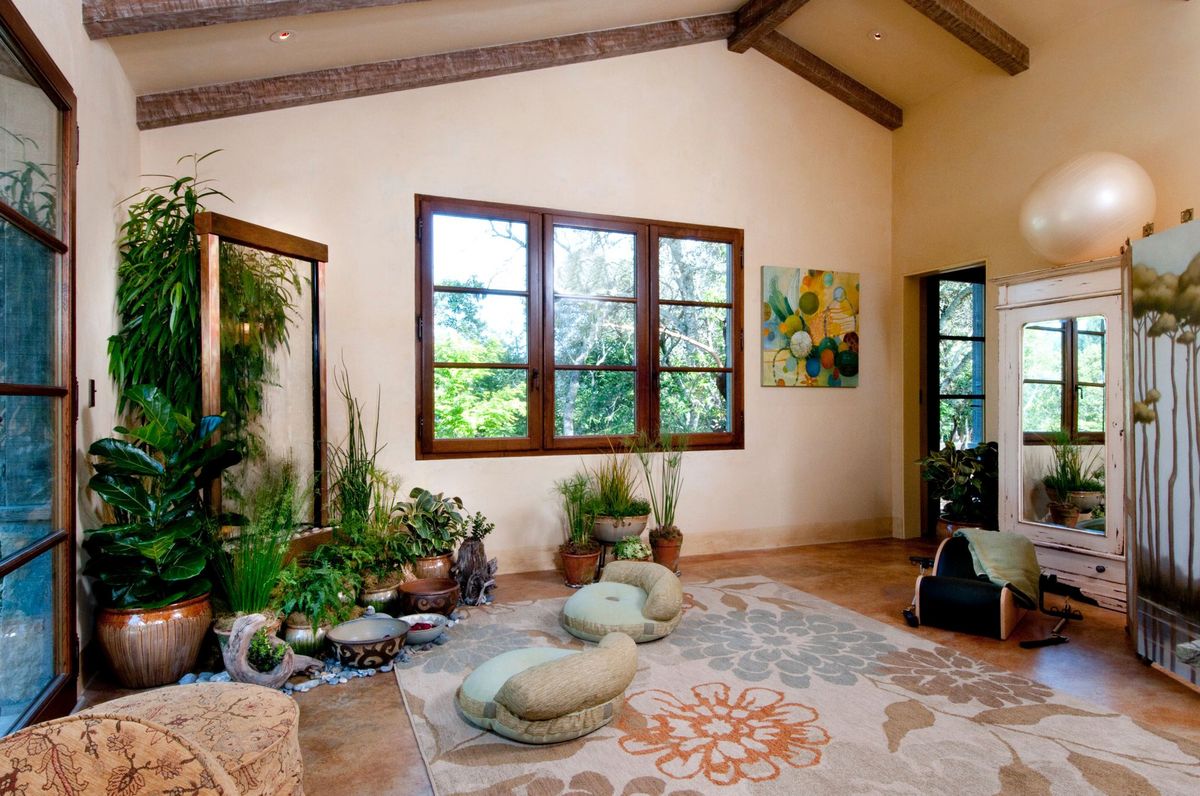

Ideas and Tips
Home Meditation Room Creation: Peaceful Retreat Spaces
Published: September 23, 2024
Create a serene meditation room at home with our guide. Discover tips on location, colors, lighting, and more for a peaceful retreat space.
(Many of the links in this article redirect to a specific reviewed product. Your purchase of these products through affiliate links helps to generate commission for Storables.com, at no extra cost. Learn more)
Creating a meditation room in your home can be a transformative experience, providing you with a sanctuary where you can escape the chaos of daily life and find inner peace. Whether you have a spacious estate or a cozy studio apartment, transforming any space into a meditation room is achievable with the right guidance. In this article, we will explore the essential elements to consider when creating your own meditation space, from choosing the right location to incorporating calming colors and natural elements.
Choosing the Right Location
The first step in creating a meditation room is selecting the perfect location. This space should ideally be quiet, private, and free from distractions. Even a small nook or corner can become a peaceful retreat if it meets these criteria. Here are some tips to help you find the ideal spot:
- Minimal Foot Traffic: Look for areas with minimal foot traffic. This could be a corner of your bedroom, a quiet spot in your living room, or even an outdoor patio.
- Privacy: Ensure that the space you choose offers some level of privacy. This might involve using curtains, screens, or even a closet.
- Natural Light: While natural light is beneficial, it's not always necessary. Soft artificial lighting can also create a warm and soothing environment, especially if you have limited natural light.
Examples of Ideal Locations
- Bedroom Corner: A corner of your bedroom can be an excellent choice for a meditation space. It's often quiet and private, and you can easily place a mat or cushion there.
- Living Room Nook: A quiet spot in your living room can also work well. You might need to use curtains or screens to block out distractions.
- Outdoor Patio: If you have an outdoor patio or balcony, it can be a serene spot for meditation, especially if you live in a warmer climate.
Setting the Scene with Colors
Colors play a significant role in creating a peaceful atmosphere in your meditation room. Soft, muted color palettes help soothe the mind and soul. Here are some calming colors you can consider:
- Pastel Blues: Soft blues evoke feelings of tranquility and calmness.
- Gentle Greens: Green is associated with nature and can bring a sense of balance to your space.
- Earthy Neutrals: Shades like beige, sage green, and light gray create a soothing ambiance.
Painting Your Space
Painting your meditation room in calming hues can significantly enhance the tranquility of the space. Here’s how you can go about it:
- Choose Your Colors: Select colors that resonate with you and promote relaxation.
- Consider the Lighting: Ensure that the colors you choose complement the lighting in your space. Soft lighting can make pastel colors even more effective.
- Add Accents: Use earthy accents like wood furniture or natural textiles to enhance the calming effect.
The Grounding Element
The floor is a crucial element in creating an inviting meditation space. Here are some options for comfortable flooring:
- Plush Rugs: A plush rug can add warmth and comfort to your space.
- Meditation Cushions: Meditation cushions or zabutons provide support and comfort during long meditation sessions.
- Natural Textiles: Natural textiles like jute or sisal mats can add an earthy feel to your space.
Examples of Comfortable Flooring
- Zabuton: A zabuton is a deep cushion used in Zen meditation. It provides support for your back and legs, making it easier to sit for extended periods.
- Zafu: A zafu is a small, round cushion used in Zen meditation. It can be placed on the floor or on a chair for added comfort.
- Plush Mats: Plush mats made from materials like memory foam or wool can provide excellent support and comfort.
Light the Way
Lighting is essential in creating a peaceful ambiance in your meditation room. Here are some options for lighting:
- Natural Light: If possible, use natural light to illuminate your space. This can be especially beneficial if you're meditating in the morning.
- Soft Artificial Lighting: If natural light isn’t available, soft artificial lighting can create a warm and soothing environment. Consider using candles, string lights, or Himalayan salt lamps.
Examples of Soft Artificial Lighting
- Candles: Candles provide a warm glow that can set a calming mood in your space.
- String Lights: String lights can add a soft ambiance to your room without being too harsh.
- Himalayan Salt Lamps: Himalayan salt lamps emit a soft, warm light that promotes relaxation and reduces harsh contrasts.
Nature’s Touch
Incorporating elements of nature can significantly enhance the sense of calm in your meditation space. Here are some ways to bring nature indoors:
- Indoor Plants: Potted plants like peace lilies or snake plants can add freshness and tranquility to your space.
- Bamboo: Bamboo furniture or screens can bring a natural touch to your room.
- Driftwood: Pieces of driftwood can add an earthy charm to your space.
Read more: Zen Home Sanctuary Creation Guide
Examples of Nature-Inspired Decor
- Potted Peace Lily: A potted peace lily in a corner can introduce refreshing greenery into your space.
- Bamboo Screen: A bamboo screen can seamlessly blend with the natural theme, connecting you with the earth's soothing energy during meditation sessions.
- Driftwood Decor: Driftwood pieces can be used as decorative items or even as part of a meditation bench.
Sensory Details
Aromatherapy can significantly affect your mood and mental state during meditation. Here are some ways to incorporate aromatherapy into your space:
- Essential Oil Diffusers: Essential oil diffusers can infuse your space with calming scents like lavender or sandalwood.
- Incense: Incense sticks or holders can add a subtle yet powerful aroma to your room.
Examples of Aromatherapy
- Lavender Essential Oil: Lavender oil is known for its calming properties and can help reduce stress and anxiety.
- Sandalwood Incense: Sandalwood incense has a grounding effect and can promote relaxation during meditation sessions.
- Cedarwood Aroma: Cedarwood aroma has a calming effect and can help reduce inflammation.
Soundscapes
Soft, ambient sounds can mask distracting noise and deepen your meditation practice. Here are some options for soundscapes:
- Nature Sounds: Nature sound playlists or apps can transport you to a tranquil state of mind.
- Wind Chimes: Wind chimes by a window can create a natural melody that enhances the calming ambiance.
Examples of Soundscapes
- Nature Sound Playlists: Nature sound playlists featuring running water, chirping birds, or gentle rainfall can create an auditory backdrop for meditation.
- Wind Chimes: Wind chimes near a window can add a soothing melody to your space, enhancing the sense of serenity.
Keep It Clutter-Free
A clutter-free space is essential for meditation. Here’s how you can keep your meditation area tidy:
- Remove Unnecessary Items: Clear out any unnecessary items from your space to prevent distractions.
- Store Non-Essential Items: Store non-essential items out of sight to maintain a peaceful and harmonious environment.
Examples of Clutter-Free Spaces
- Minimalistic Decor: Use minimalistic decor that contributes to your meditation practice. Avoid cluttering your space with unnecessary items.
- Floating Shelves: Install floating shelves to display calming decor without cluttering the floor.
- Mirrors: Add mirrors strategically to reflect natural light or calming artwork, amplifying the tranquil ambiance.
Personal Touches
Personal touches can make your meditation space genuinely yours and imbue your practice with personal significance. Here are some ideas for personal touches:
- Small Statue: A small statue or figurine that holds spiritual significance can be placed in your meditation space.
- Framed Poem: A framed poem or quote that inspires you can be hung on the wall as a focal point.
- Photo: A photo of a beloved place or person can add a personal touch to your space.
Read more: Make Your Patio A Perfect Retreat
Examples of Personal Touches
- Small Statue: A small statue of Buddha or another spiritual figure can provide a sense of calm and focus during meditation sessions.
- Framed Poem: A framed poem by your favorite poet can inspire you and add a personal touch to your space.
- Photo: A photo of a serene landscape or a peaceful moment can evoke feelings of tranquility and calmness.
Embark on Your Zen Path
Once you’ve set up your meditation space, it’s time to enjoy the fruits of your labor. Here’s how you can embark on your Zen path:
- Step into Your Space: Enter your meditation room with an open heart and a calm mind, ready to explore the depths of your meditation practice.
- Reflect on Your Practice: Regularly reflect on your practice to see how it’s evolving and what you need to improve.
- Personalize Your Space: Continuously personalize your space with items that hold special meaning to you, ensuring that it remains a sanctuary for inner peace.
Conclusion
Creating a meditation room in your home is not just about design; it’s about crafting a sanctuary where you can unwind, recharge, and find inner peace. By choosing the right location, setting the scene with calming colors, incorporating natural elements, and keeping it clutter-free, you can transform any space into a peaceful retreat. Remember to personalize your space with items that hold special meaning to you, making it genuinely yours. With these tips, you can embark on your Zen path and enjoy the benefits of meditation in the comfort of your own home.
By following these steps and incorporating these elements into your meditation space, you can create a sanctuary that promotes relaxation, reduces stress, and enhances your overall well-being. Whether you're a seasoned meditator or just starting out, having a dedicated space for meditation can significantly impact your practice and overall quality of life.
Was this page helpful?
At Storables.com, we guarantee accurate and reliable information. Our content, validated by Expert Board Contributors, is crafted following stringent Editorial Policies. We're committed to providing you with well-researched, expert-backed insights for all your informational needs.
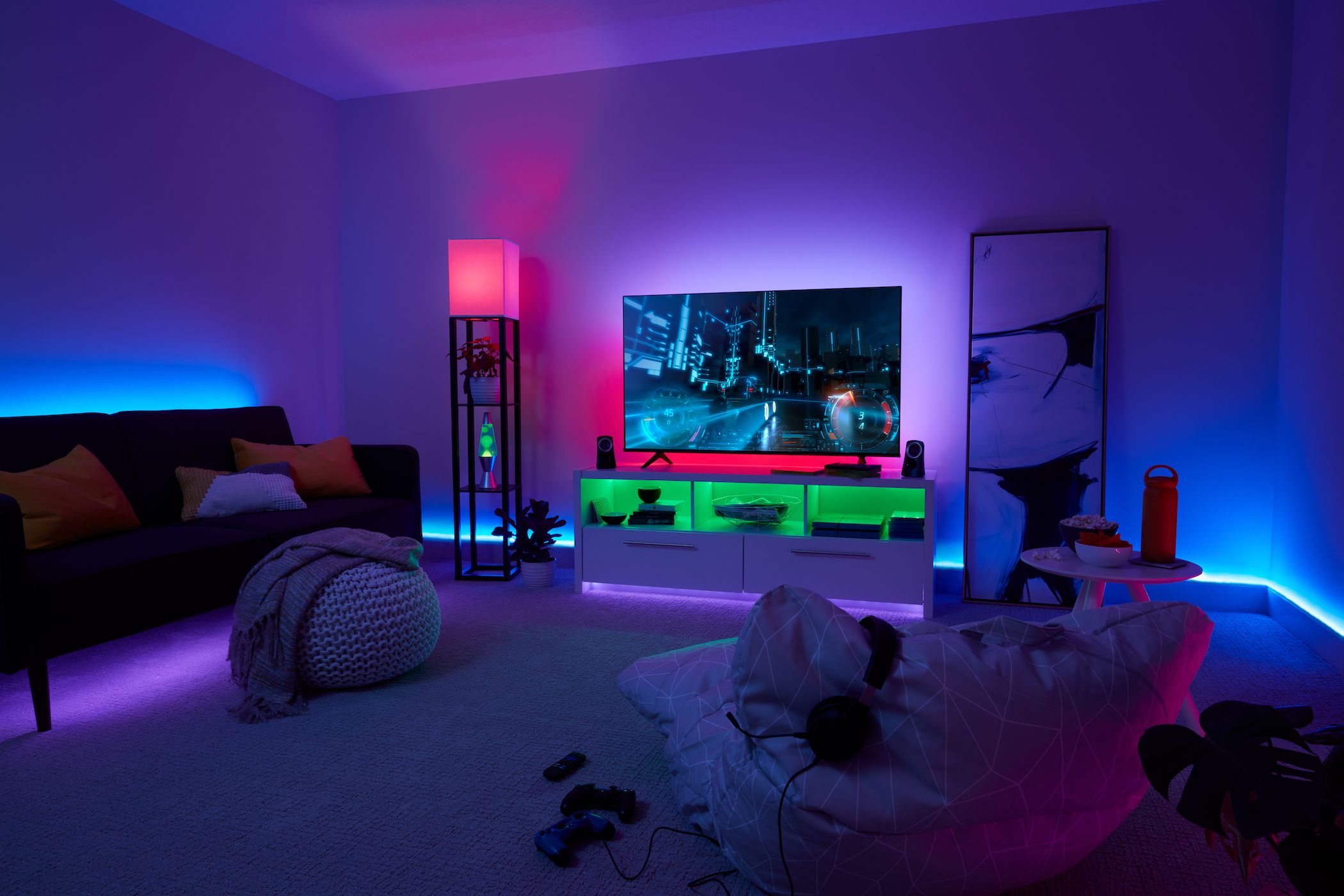
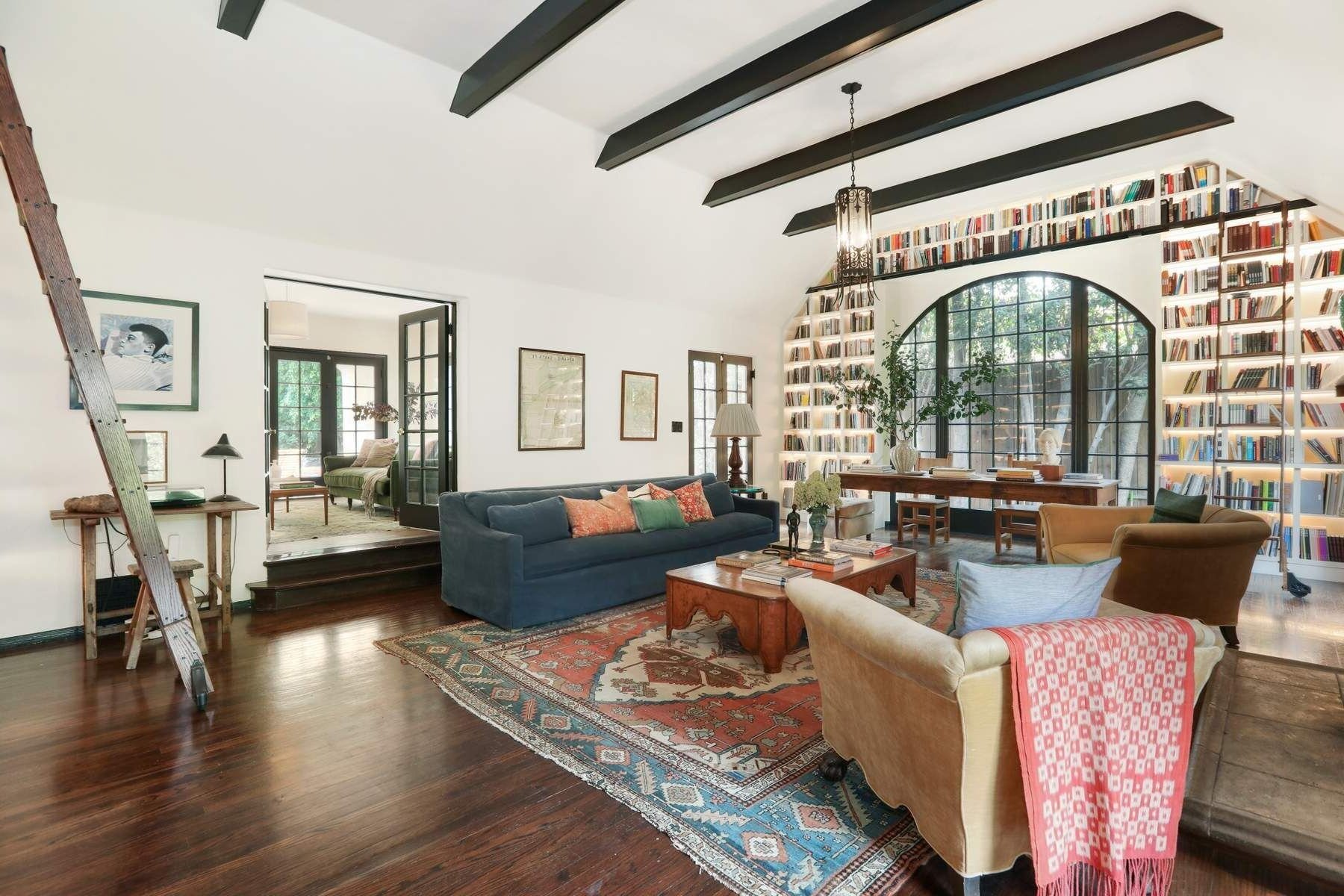
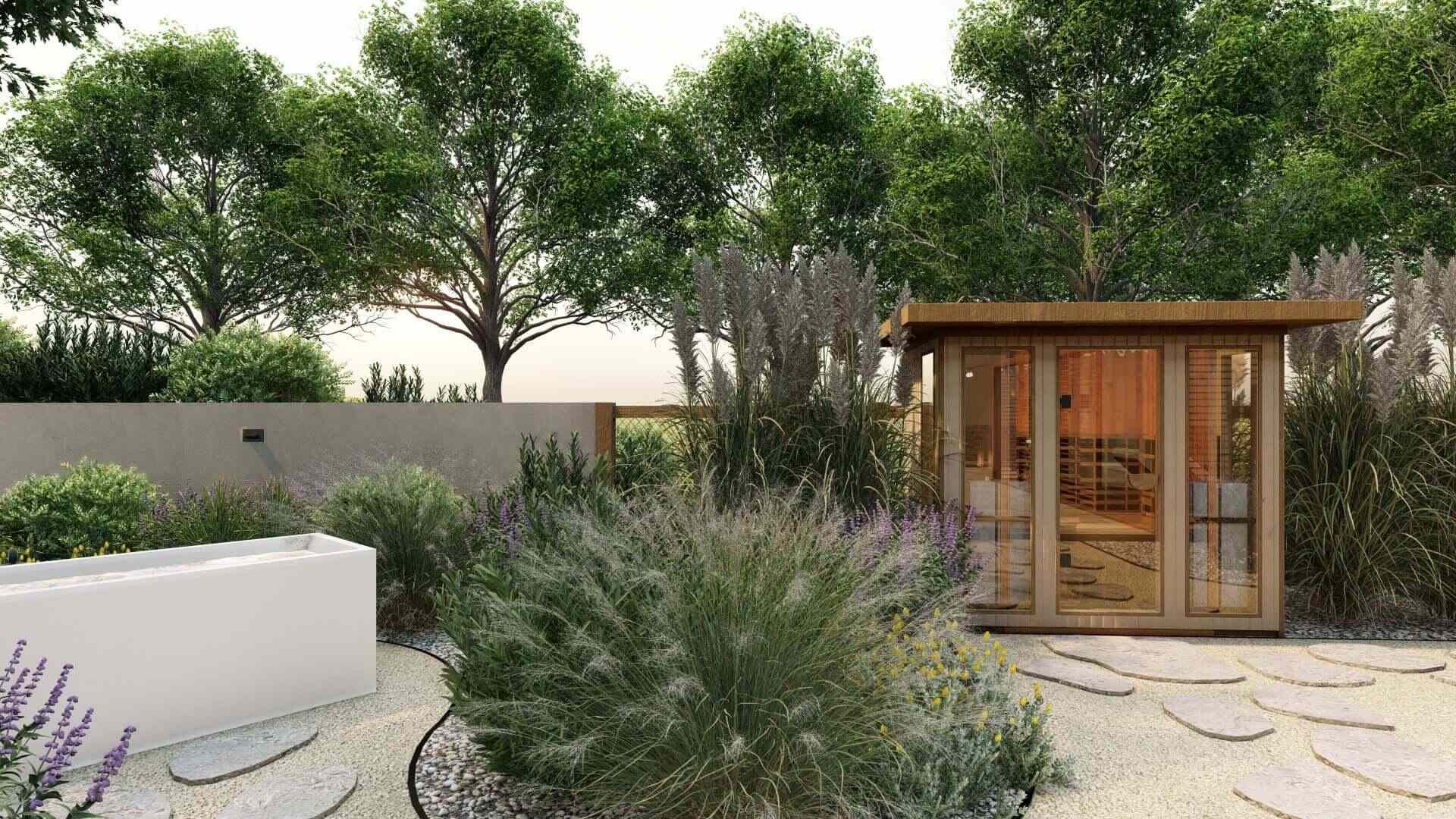
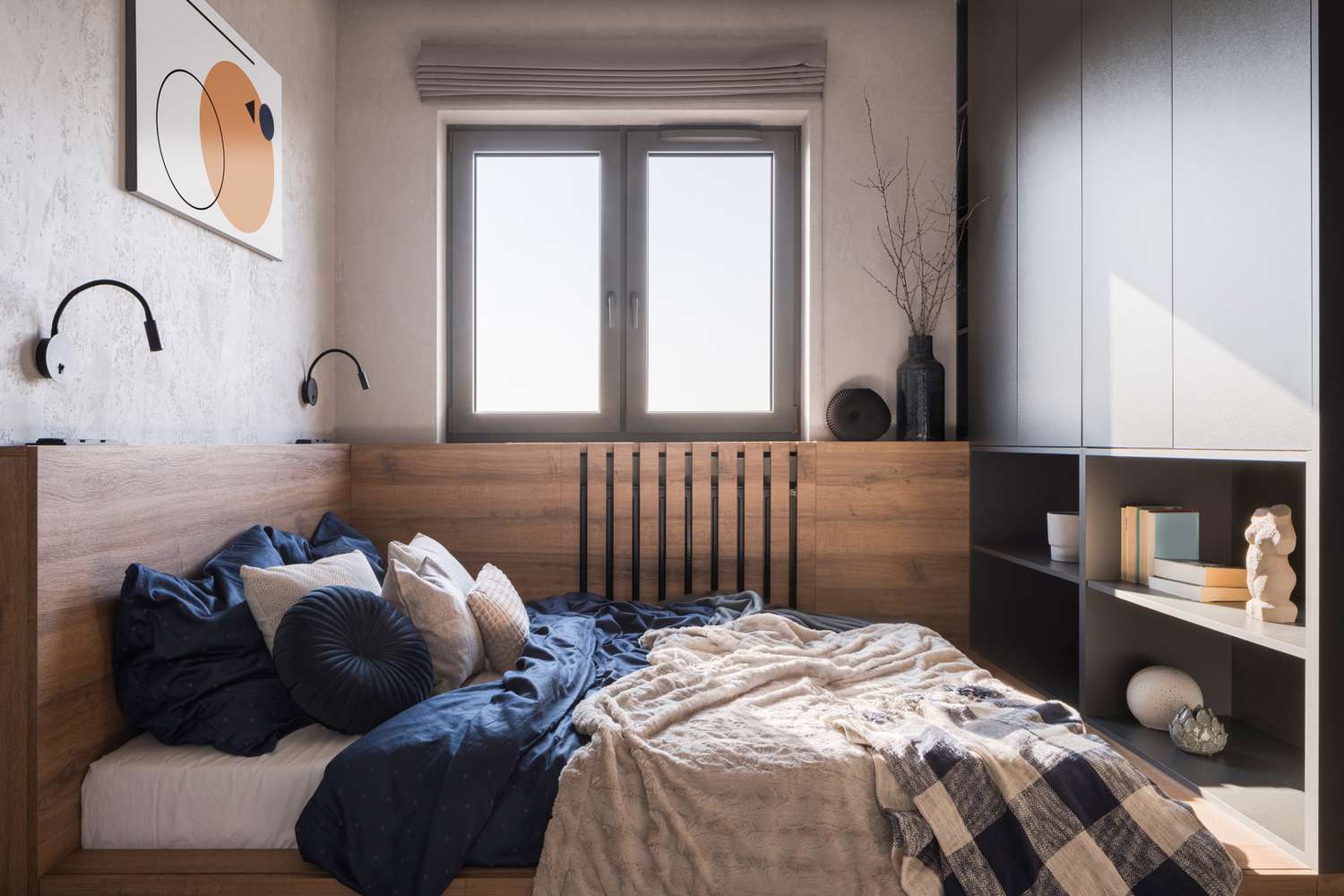

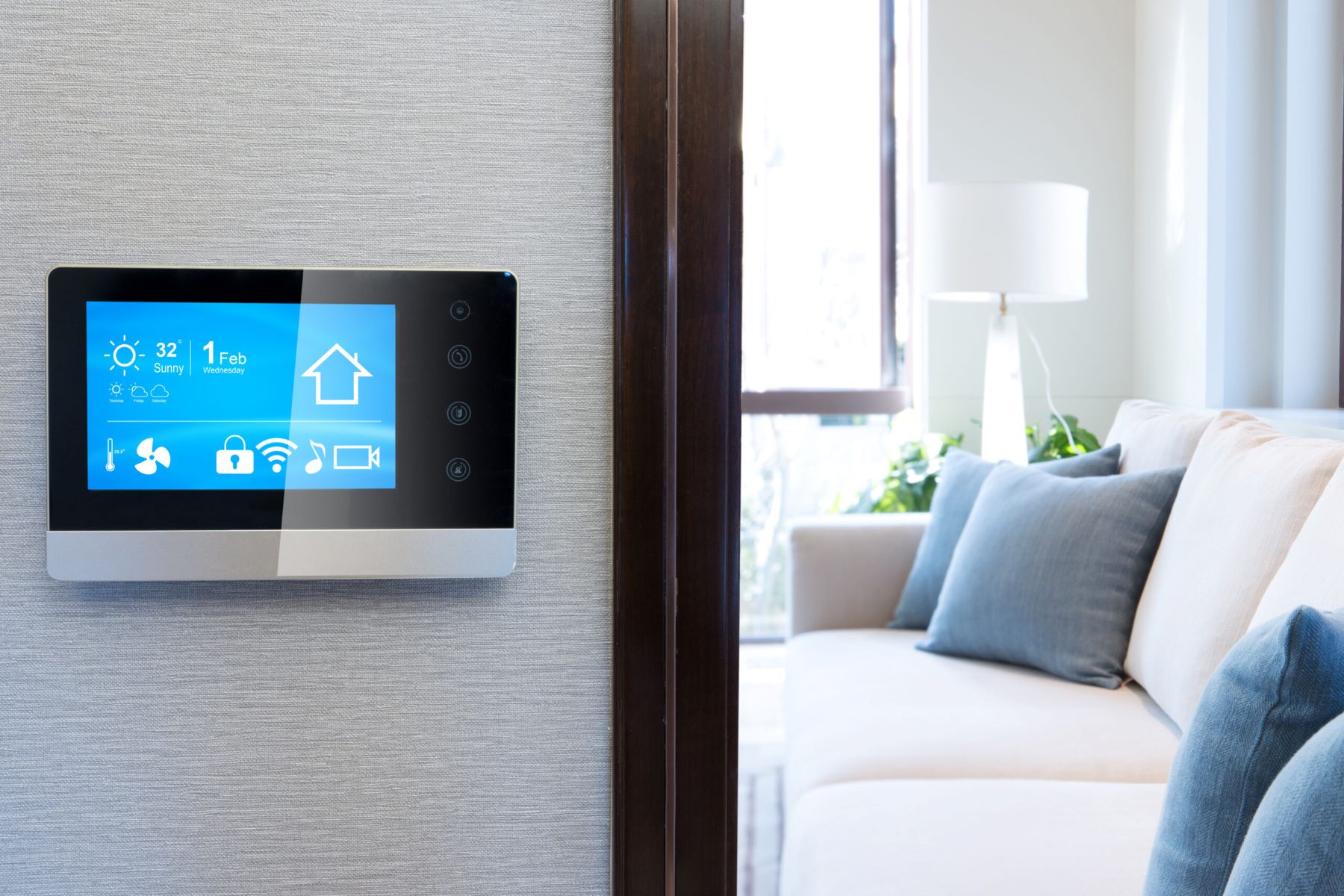

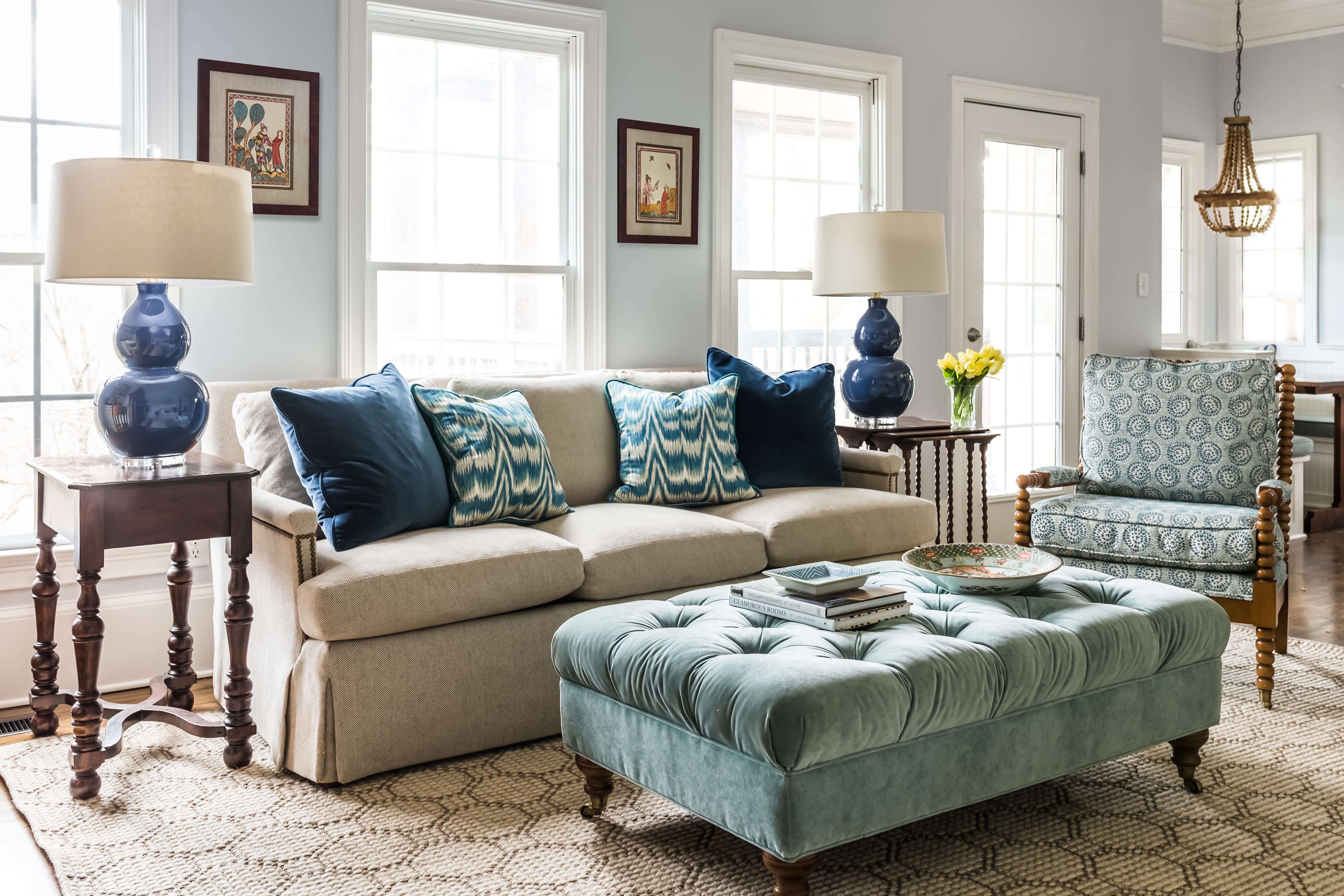

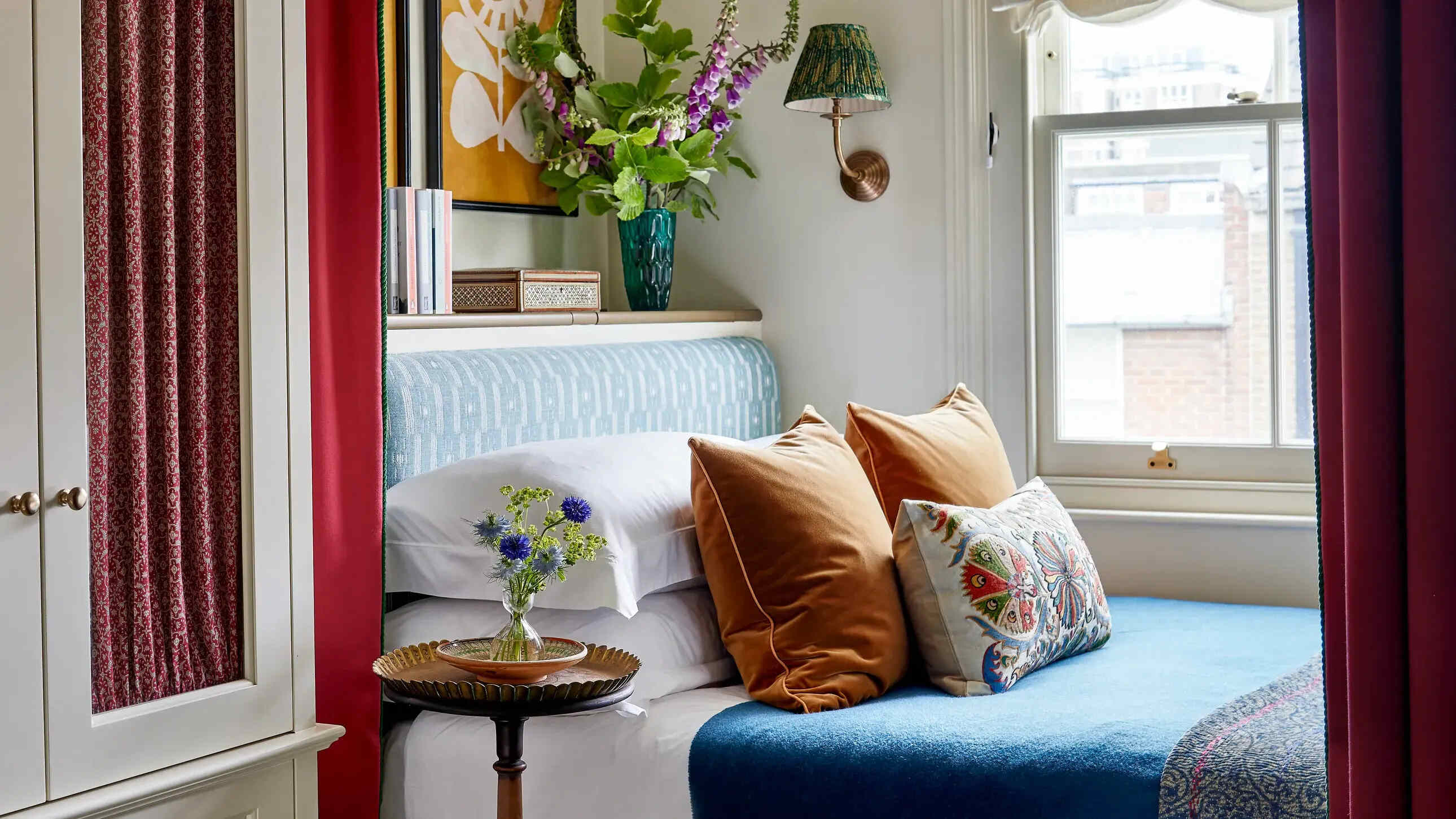
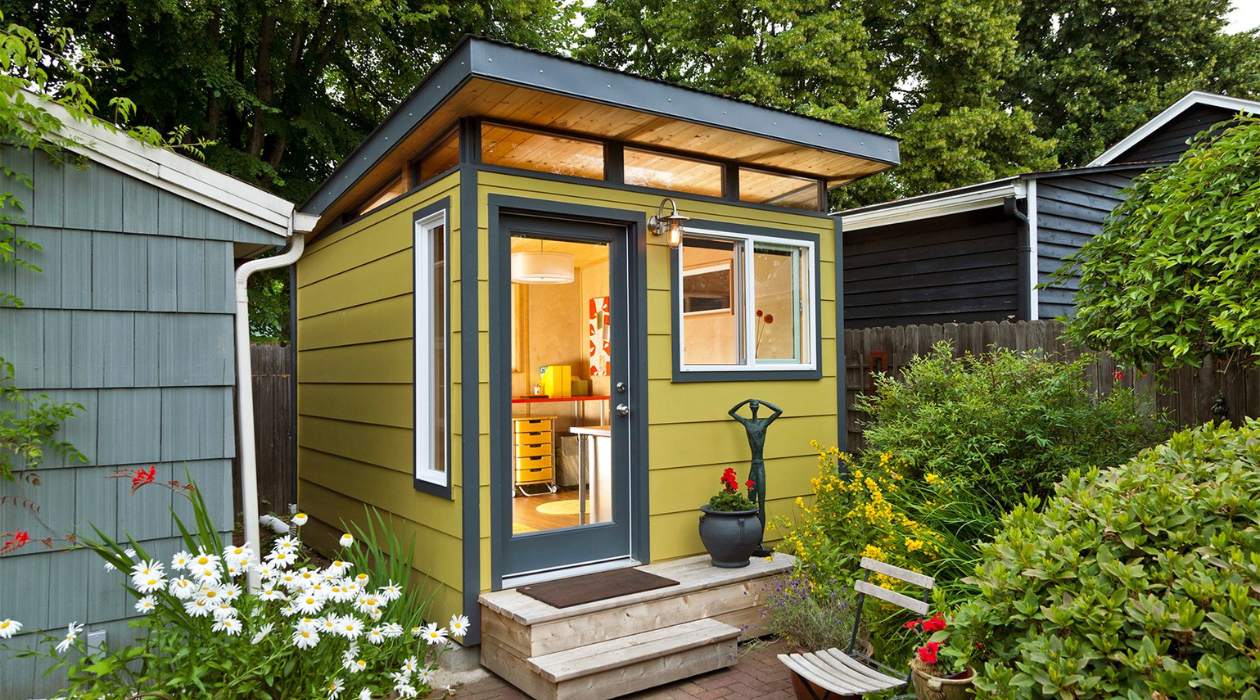

0 thoughts on “Home Meditation Room Creation: Peaceful Retreat Spaces”